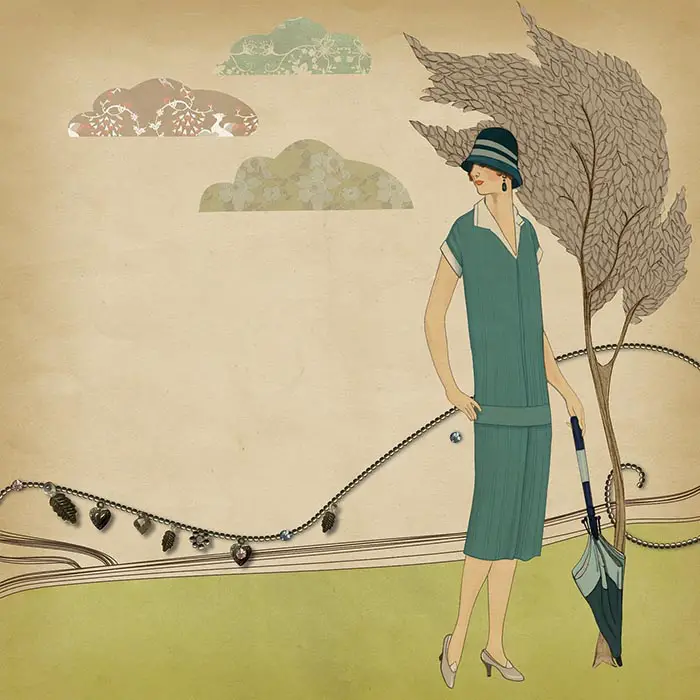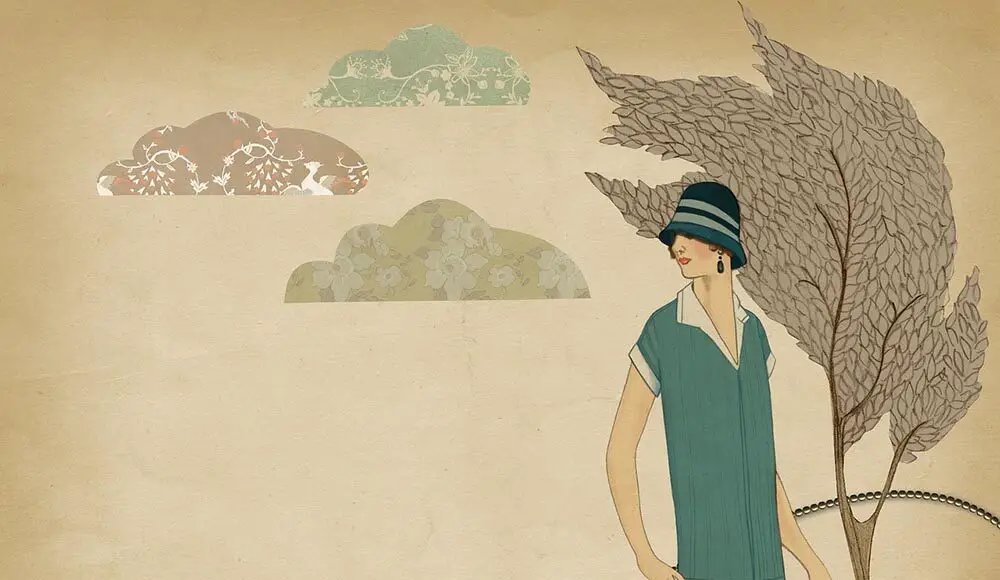Why do racing fans always wear such silly hats? To cover their heads, of course!
We’re kidding, of course, but the question still stands. Why are hats such a quintessential part of racing fashion? How did this trend start? And why are some just so darn silly?
Fashion History
For thousands of years, women have donned head coverings for mixed-gender gatherings. This was most prominent in church settings, and can still be seen in various religions today (for example, nuns wearing habits and Muslim women wearing hijab), but it bled over into secular fashion as well.
Hats, especially in the American South, were seen as a woman’s “crowning glory.” Even sporting events have honored this tradition; for many years in the United States, only men were asked to remove their hats when the National Anthem played.
Nowadays, although many women choose to include hats in their fashion choices, they aren’t seen as a “must” in the vast majority of social situations. However, in settings that are steeped in tradition- such as centuries-old horse races- many women pay homage to fashion trends of old.

The Derby
When most people think of the word “Derby,” a historic horse race is what comes to mind. Whether you are a casual viewer, an avid bettor looking at odds on TwinSpires website, or an enthusiast that goes to race tracks often you must have heard of the derby.
However, the word itself has more than one connotation. In the United States in the era of the Old West, anyone mentioning a “derby” was more than likely referring to a bowler hat.
A hat with a curved crown and a short brim, the bowler hat was invented by British hatmakers Thomas and William Bowler in 1849. More fitted and durable than the top hat, it became a staple of men’s semi-formal fashion first in Britain, but then worldwide.
The hat became particularly popular in the southwestern United States, and although the wide-brimmed cowboy hat is most commonly associated with the men of that setting and era, historians suggest that the bowler hat, which took on the name of “derby hat,” was actually more popular among horsemen. Nearly every class of man took a shine to the hat, from politicians and businessmen to the infamous James family of bandits.
It is believed that the US nickname for the bowler hat came about when photographs of the Earl of Derby depicting the earl donning the hat at the races became available overseas. Thus, the name, the hat, and the races became inextricably tied together.
However, when asked his opinion on the pronunciation of “derby,” the earl was famously quoted as saying that either pronunciation was acceptable, but “the hat is a bowler.”
Racing Hats and Headpieces of Today
Although hats were, as mentioned above, considered a staple of women’s fashion at the Kentucky Derby, the hats themselves didn’t become noticeably outlandish until the advent of color television in the 1960s. The hats became bigger, brighter, and more decorated, and served as a way both to honor tradition and to stand out in the crowd.
These days, although many still choose to wear hats, a smaller headpiece called “the fascinator” is also popular at the Derby. Fascinators are bright, colorful pieces that are typically pinned directly on the wearer’s head. Although they do not provide the sun protection that a hat would, they are generally lighter and more firmly secured, making them less likely to fall off or be blown away.
Outlandish headpieces are no longer seen as solely women’s fashion, either. Many Kentucky Derby patrons make it a goal to create the craziest and most detailed hat possible. Several hats incorporate roses, mint juleps, and even miniature recreations of the Churchill Downs track itself!
##
With love,
FWO





